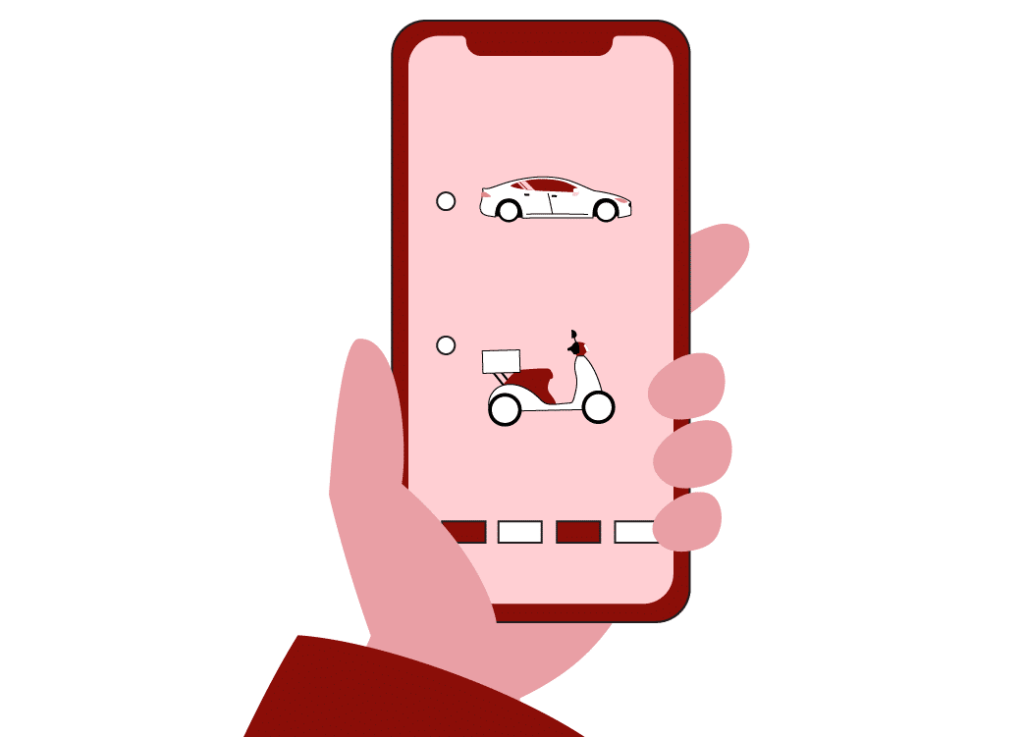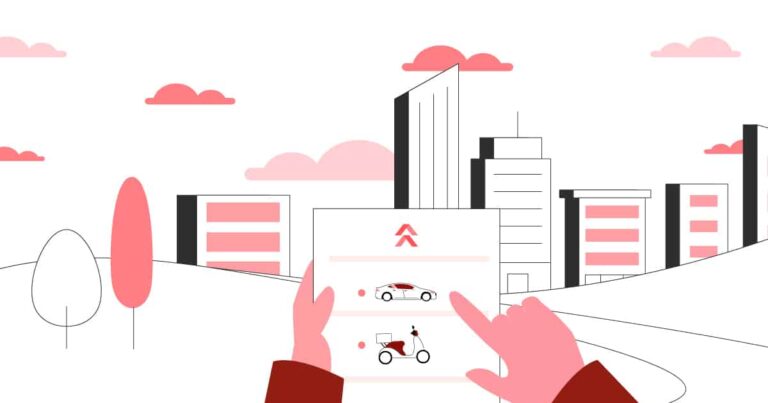The usage of artificial intelligence (AI) in data, and machine learning within it, has completely changed the rate of innovation in technology. Although the technology is still in the beginning stages, businesses have realized that AI enormously increases the speed at which capabilities and products can be introduced. Across almost every key industry—tech, healthcare, auto, manufacturing, and others—machine learning has been an extra limb that data scientists have needed to derive insights and improve.
Put simply, AI is a broad practice in which computers can “think” like humans. That is, AI is a computer’s ability to use logic and reasoning to solve problems and find solutions. Then, AI can compound what it has learned to solve future issues, which replicates humans’ abilities to use experience. The difference is that computers will be able to do all of this much faster than humans, allowing AI to go through massive amounts of data much more quickly than our brains can.
While AI represents the entirety of these capabilities, machine learning is a specific branch that focuses on building the ability and applications for computers to learn from experience iteratively. When it comes to building AI applications, it’s machine learning that is the mechanism in which these applications optimize themselves based on received data.
AI Has Widespread Effects Across Industries

The practical effects of AI and machine learning on data have significant societal implications. For healthcare, machine learning can leverage patient data to predict toxicities for radiation in patients with head and neck cancers, leading to safer treatments. In entertainment, your favorite streaming service can predict your behavior and recommend new content based on data profiles. This is also an example of how algorithm and machine learning can go hand in hand
How then has mobility been affected by AI? As cloud-based mobility technologies like Flash continue to leverage data, parking operators are waking up to the new frontiers of business intelligence. And while the full-on presence of AI in mobility is still being engineered and created, we are much farther today in its use than we’ve ever been.
What Role Does AI Have in Mobility?

In many ways, the journey of smarter business intelligence for mobility is closely tied with the perpetual journey towards smart cities. Both are journeys of necessity due to increased populations and changing consumer behaviors, and both are still in growth stages. As people’s lives become more digitized through the apps and services they use, they create information that mobility planners can use to innovate.
Think about the large impact that mobility has on your life. Sure, it’s how you get from A to B. But, it’s also how your purchase goes from warehouse to delivery truck, and ultimately to your door. It’s how businesses receive their goods to make a living. The list can go on. To succeed in all of this and grow to scale, mobility businesses need the benefit of using data to automate improvements via machine learning.
As it stands now, much of the mobility enabled by data that you use to travel, navigate cities, and park is used in some way by AI to create real-time traffic reports and connect you with the best services which suit your schedule.
The Impact of Data and AI on Municipal Transportation

Cities are finding it becoming more and more necessary to make sense of the massive amounts of information they collect. The smart cities market was valued at $739 billion in 2020, and can reach an estimated over $2 trillion by 2026. As smart cities grow, they will only continue their search to utilize data. With mobility being a large part of a smart city, it will undoubtedly be a significant area of focus for AI and machine learning.
Some of the key areas in which AI can use data in city environments are traffic management, public safety, electrification, and public transit. In Phoenix, Arizona, smart traffic systems have been tested with NoTraffic, an autonomous management technology. These systems use traffic data to update traffic light settings automatically, moving away from a traditional time-based system.
When it comes to public transit, European and Asian countries have led in more autonomous transit systems, which run on newer technology. For example, Singapore has rolled out a first-ever pilot of autonomous buses over a period of three months. However, while the regular use of autonomous public transit without a driver for backup is still a ways away, smart systems have already been controlling more of city transportation in municipalities around the world. These systems can help reroute transit to offset traffic and reduce congestion. They analyze the number of travelers and time delays to provide immediate intervention.
In the future, we might very well see all municipal transportation controlled by an AI-based transportation hub, which will allow each of the transit systems to communicate with the other, ensuring that travel is efficient and organized.
How the Next Generation of Mobility Uses AI for Data
The sheer amount of data involved in consumer mobility transactions makes it increasingly difficult for humans to provide insights continuously. When it comes to this big data, machine learning provides an invaluable service. It can find patterns and build applications that provide real-time adjustments that supplement human interaction, without having to be constantly updated. This is the technology that allows programs like Waze to optimize and change routes instantly when traffic builds up, while also allowing for human input. It also can govern ride-sharing apps to help manage real-time costs during surges.
The concept of mobility-as-a-service (MaaS) largely relies on AI to function seamlessly and properly. Essentially, MaaS is the suite of digital mobility applications that allow people to move from one place to the next. These applications ideally all communicate with each other. Cities and mobility services have been embracing MaaS as they update their legacy transit systems.
For example, Portland, Oregon’s primary public transit provider, Tri-Met, built the Hop Fastpass payment system. It deviates from old paper payment systems by allowing people to buy tickets for public transit through a singular “virtual wallet,” and even tickets for adjacent travel systems, so they can complete their entire journey with ease. Ride-share providers like Lyft and Uber have added to the MaaS ecosystem as well, partnering with city transportation systems so that citizens can plan and pay for a trip that includes both public transit and their next car ride.
And then, of course, there are autonomous vehicles. While still 15 years out, these next-generation vehicles promise to be the ultimate exhibition of AI in mobility. Driving requires constant human focus and interaction. If AI is meant to replicate and enhance human thinking, then large amounts of driving and human behavior data need to be leveraged to provide safe autonomous driving experiences—the perfect grounds for AI intervention.
How Flash Brings Smart Data Into Parking
Parking is an integral part of any journey, and as such, it’s at the heart of any mobility ecosystem. This is why many parking operators have felt a fire to update in the past decade from old technology to smart, connected systems. These systems can make operations efficient and relay back critical data that helps managers make decisions.
As a cloud-based technology company, we built Flash with optimization and decision-making capabilities in mind—two core tenets of any system that leverages AI. We knew that as parkers connect more with digital services, the amount of available data will grow, and the more it becomes necessary to make sense of it. That’s why we have a mobile-first approach for the end-user, and why we created our hardware-as-a-service structure that allows operators to take advantage of the most up-to-date technology with automated upgrades.
We’re constantly updating our parking technology and utilizing aspects of machine learning that help you optimize your asset based on your customer data. It’s why our systems can help you understand how to repurpose unused capacity to potentially include new sources of revenue like micro-mobility options. It’s also what allows us to have our dynamic pricing capabilities, which allow you to do away with the static sandwich boards and provide pricing in real-time based on current market conditions. The technology offers these insights, so all you have to do is make the decisions.
It benefits any parking operator to stay acutely tuned to mobility innovations, as parking’s journey will go hand in hand. To learn more about innovations in Flash that utilize technologies related to AI, read about what makes our systems intelligent and contact us.
Join the Parking Revolution, Subscribe to Our Newsletter
We’re disrupting the parking industry because we believe our customers, consumers, and cities deserve better.

